(57040 products available)



















































































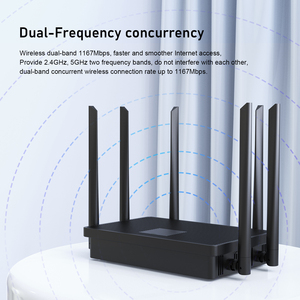





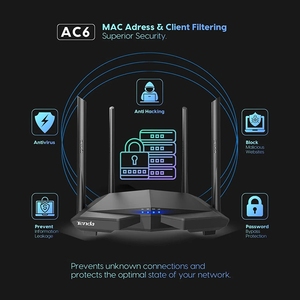








 Ready to Ship
Ready to Ship





















































































































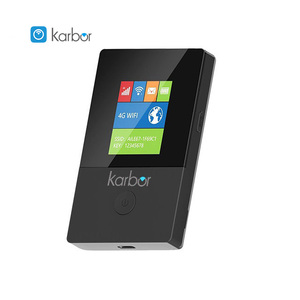
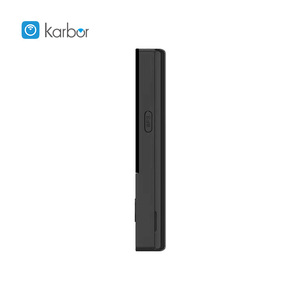
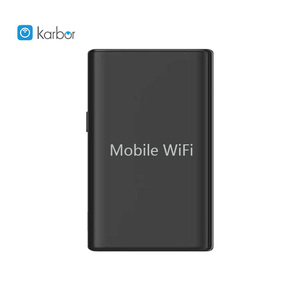

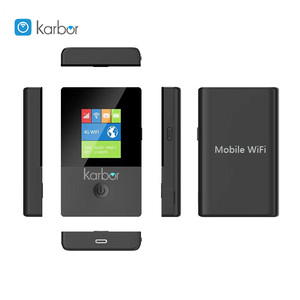
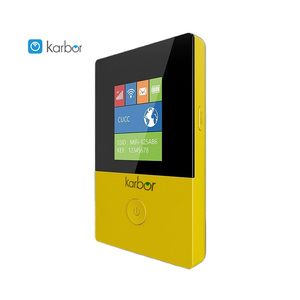
A new WiFi router is a hardware device that provides wireless internet connectivity to computers and other smart devices by creating a WiFi network.
WiFi routers come in different models, each with unique capabilities. For instance, dual-band routers operate on two frequencies, 2.4 GHz and 5 GHz. The wider range of frequencies enables users to select the band that better suits their needs. For example, new iPhone models work better on higher frequencies, while older models can only operate on lower frequencies. Furthermore, dual-band routers offer greater bandwidth, which may enhance network performance and reduce interference for a new WiFi router for an office.
Tri-band routers have an additional 5 GHz band that improves faster WiFi speeds and helps balance network traffic. Mesh WiFi systems consist of multiple routers that communicate with one another to provide wide coverage. The routers are connected wirelessly but can also be linked using ethernet cables. Alibaba.com sellers offer new WiFi routers in various brands, including TP link, NETGEAR, and ASUS.
The new WiFi 7 router comes with improved performance and many features. It has a multi-link operation (MLO) that allows clients and the router to use multiple radio channels simultaneously. This improves reliability and reduces latency for video calls and gaming. This feature can aggregate links, meaning it can combine paths on the same network or between networks for data transfer, improving overall throughput and speed. The MLO enhances data transfer speed, which is critical for applications like AR/VR, cloud computing, and high-resolution video streaming. For gaming with WiFi 7, responsiveness and latency are critical, and any improvement can provide a competitive edge.
Some WiFi 7 routers have a smart steering feature that can improve the user experience. This feature allows the router to manage devices and assign them to the best band to improve performance. Smart steering can improve network performance by ensuring that gadgets are on the most appropriate and least congested band. The steering can enhance band balance and optimize the router's performance. If a device supports WiFi 6, for instance, the smart steering can move it to the 6GHz band so that devices with WiFi 4 or 5 can use 2.4 GHz. For a stable and reliable connection, the new router has concurrent transmissions so that the data can travel to and from multiple devices at the same time.
Apart from this, the new WiFi router provides up to 320 MHz of channel width and has 14 additional 6 GHz channels. These features allow it to provide more bandwidth, making it possible to reduce latency and improve throughput. The new router has encryption with an enhanced open feature, making it possible to use secure connections even in public access points. The new router supports WPA3, which provides a higher level of protections and uses a simpler password-like passphrase. The new router can simultaneously use the same frequency for uplink and downlink transmission, which enhances its performance. It also has the following features:
The Wi-Fi 7 router is a new development in wireless networking. It is in high demand because it offers faster speeds and better performance than its predecessors. In 2024, the Wi-Fi 7 router will become mainstream due to the growing need for higher-bandwidth applications. Some of its potential applications are listed below:
When purchasing a new WiFi router for sale, one must consider a few factors before settling on one. These include the router's features, the size of the area it will cover, the router's speed, and its capacity.
One must also consider the number of users who will simultaneously use the router as this could affect internet connection and speed. It is also important to note that different routers come with distinct security features and protocols; therefore, one must ensure the router they intend to purchase has the latest security measures. Prior to purchasing a router, one must make sure it is compatible with their existing system and internet service. They must also look at the costs of the router and what it is worth - this means weighing up the router's features against its price.
Depending on the kind of activities one engages in, choosing a router with the appropriate capacity is essential. For example, if someone frequently downloads huge files or streams videos in high definition, they will require a router with more excellent ability to manage those activities without straining.
Roaming is the dynamic adjustment of the transmitting frequency, and seamless roaming is the independent seamless switching of the router that the device accesses according to the signal strength, which is implemented on the soft switch of the wireless device.
Wired backhauls are wired connections using wired LAN ports between wireless devices. For wired backhaul routers, if two routers are interconnected through a network cable, they can implement multi-gig wired backhaul, and the devices connected to the main router can have internet access, as can those connected to the secondary router. In addition, the two routers can use the same wireless network name (SSID).
Wired backhaul routers require at least two-band routers (but it is recommended to use three or more bands), a wireless device (such as a wireless router or wireless AP) connected to the backhaul cable, and a LAN port on the router or wireless device. It requires at least two of the 2.4G or 5G bands to be wireless.
Mix-and-match routers refer to routers that can form a mesh Wi-Fi system but come from different manufacturers. To achieve this, the routers mostly use the same wireless protocol, such as dual-band, tri-band, etc.
When purchasing, it is preferable to buy a dual-band router. A dual-band router supports two wireless networks: a 2.4 GHz wireless network and a 5 GHz wireless network. A tri-band router adds a second 5GHz wireless network on a tri-band router. It is also essential to define what internet activities are most engaged in and the kind of experiences sought. One could consider which band a device is compatible with and its pricing.
Q1. Can one influence the speed of WiFi with a router?
A1. Yes, one can impact the speed of WiFi with a new router. Factors like router capabilities, WiFi technology, and antenna configuration all affect WiFi performance.
Q2. What does it mean when one says their router has dual-band?
A2. It means that the router can broadcast WiFi on two frequencies at the same time. These frequencies are 802.11n or WiFi4 on the 2.4GHz band and WiFi 802.11ac or WiFi 5 on the 5GHz band.
Q3. What's the purpose of a new router?
A3. A router's job is to connect the home or office network to the internet. It also distributes WiFi so that devices like laptops, smartphones, and tablets can connect to the internet without a messy cable.
Q4. Do new routers provide faster WiFi?
A4. Possibly, this can happen. A newer router can give fast WiFi if one uses compatible devices and is in a good location free of interference.
Q5. Why is it vital to have a recent router?
A5. Recent routers offer improved security features to safeguard personal data and network. They help keep users' information safe while using the internet.